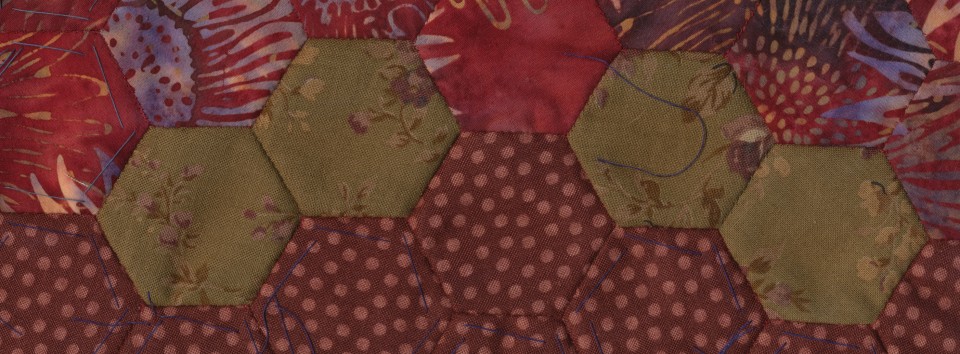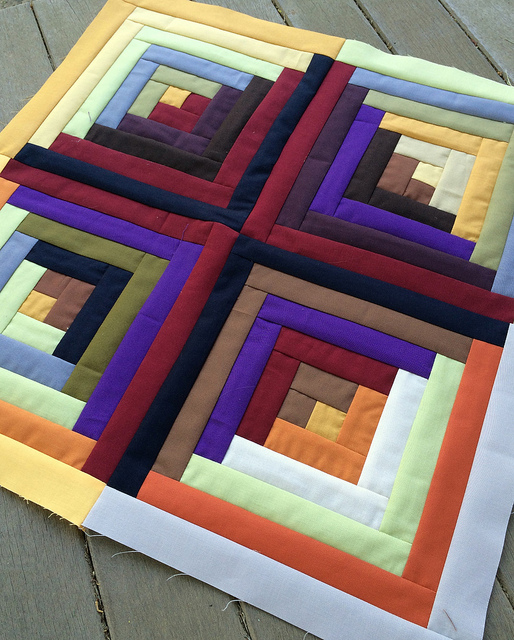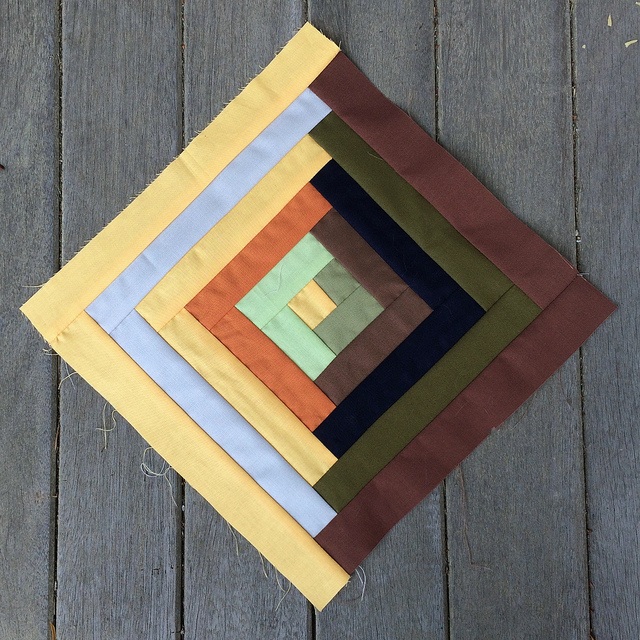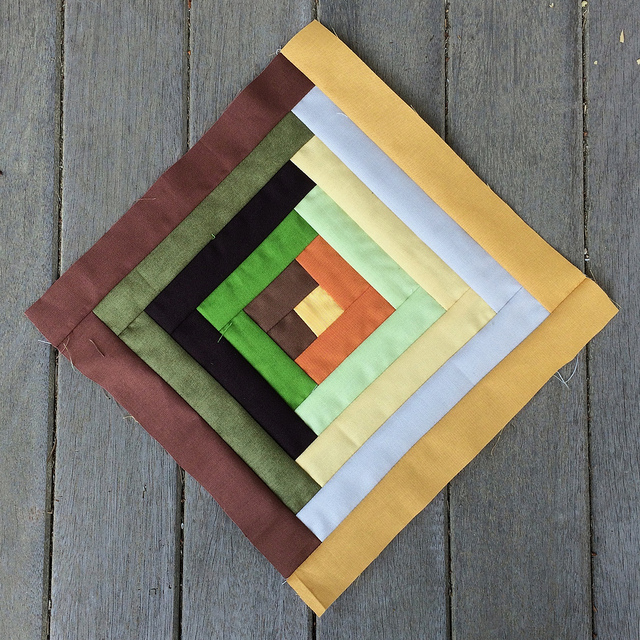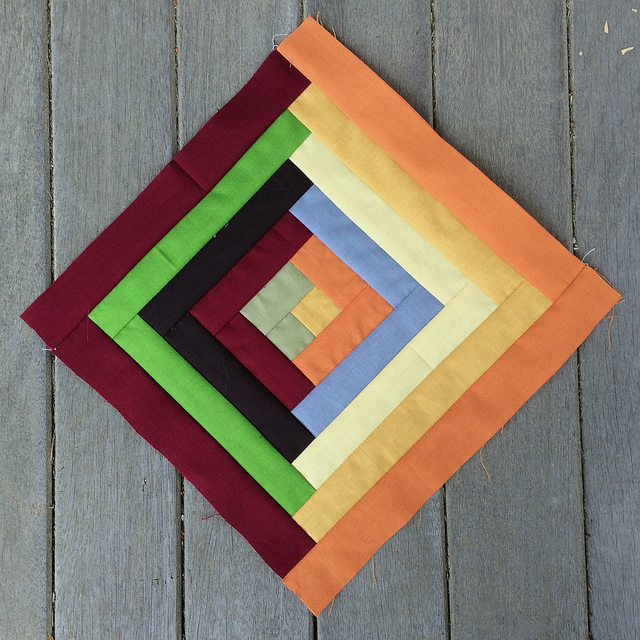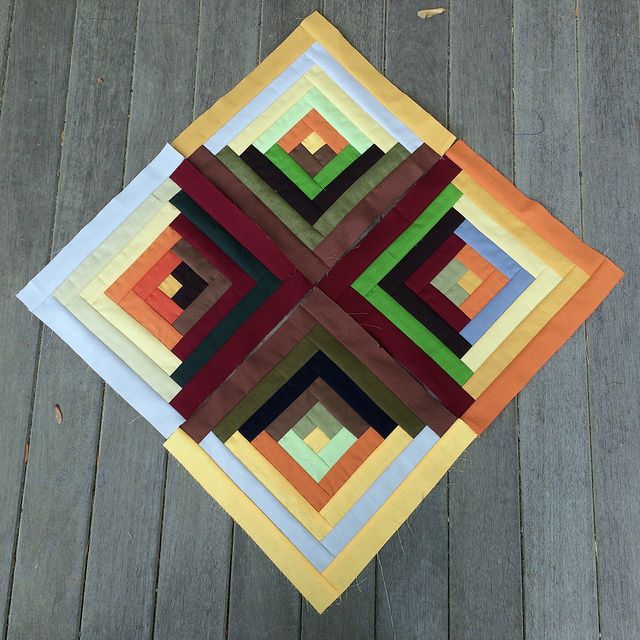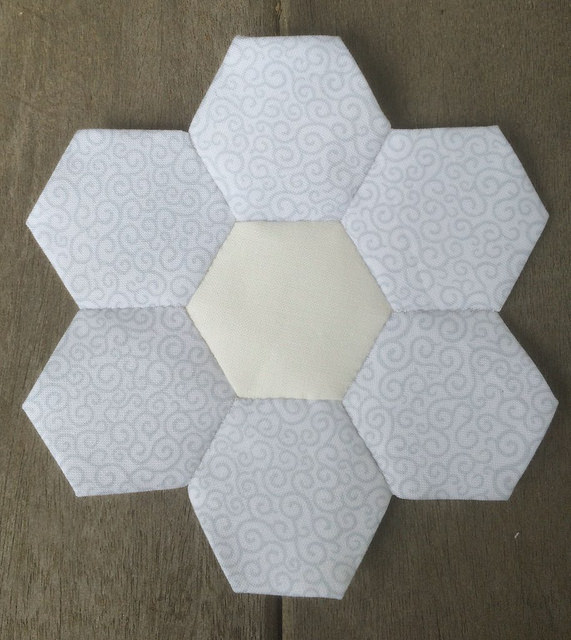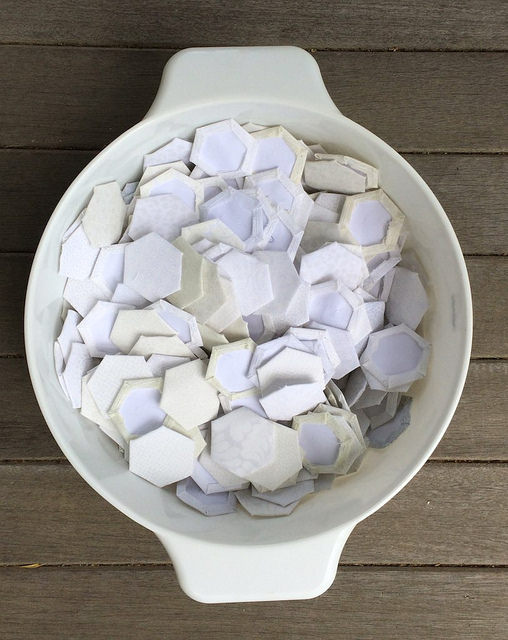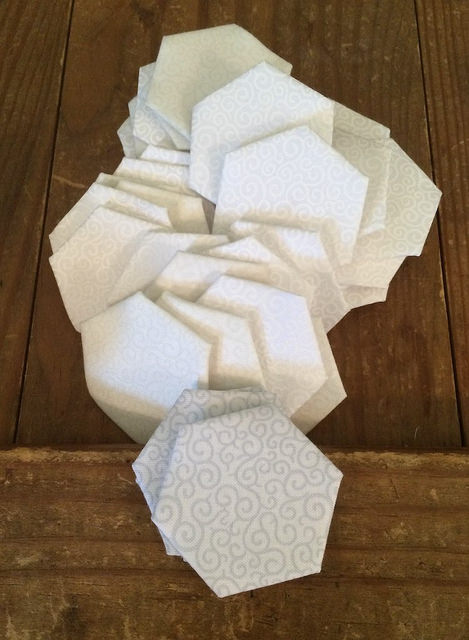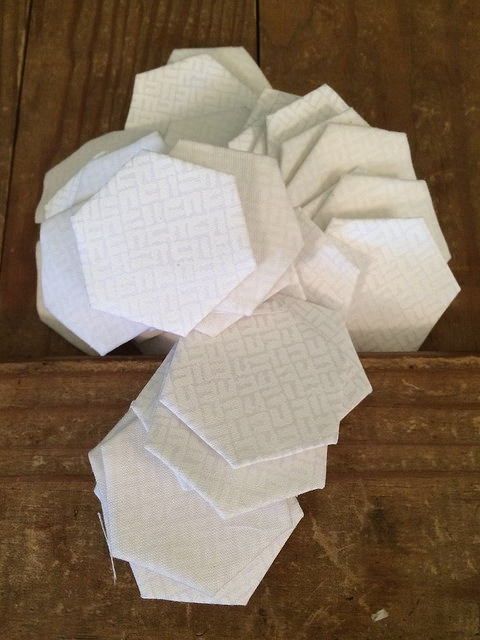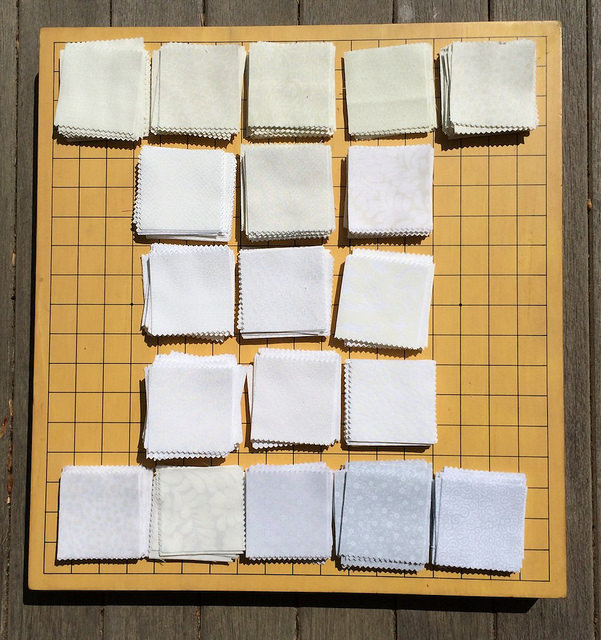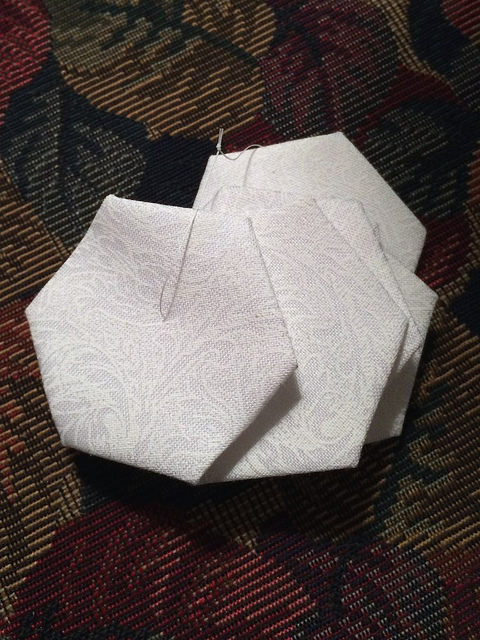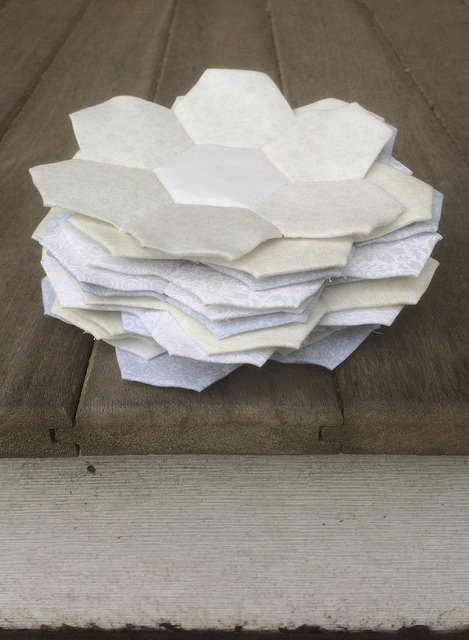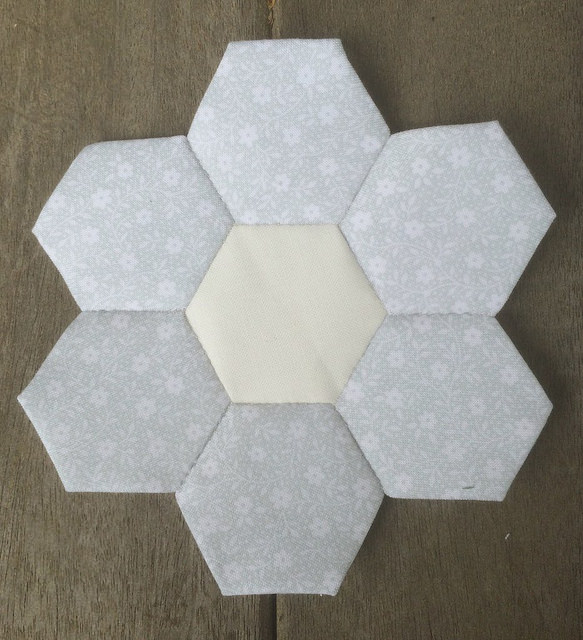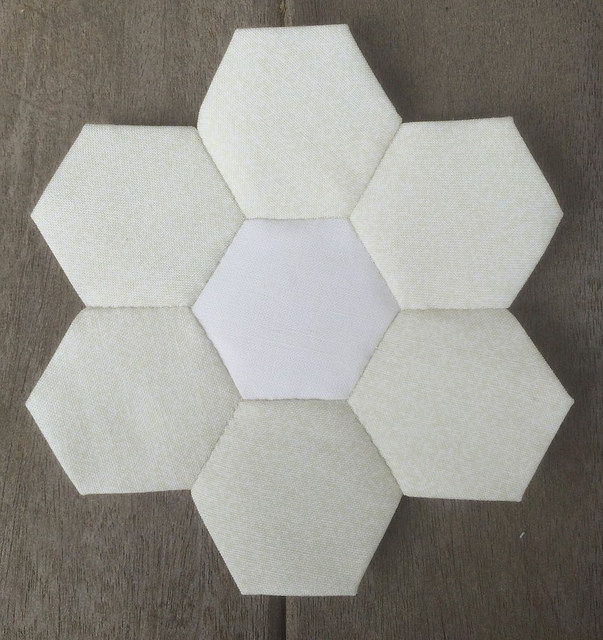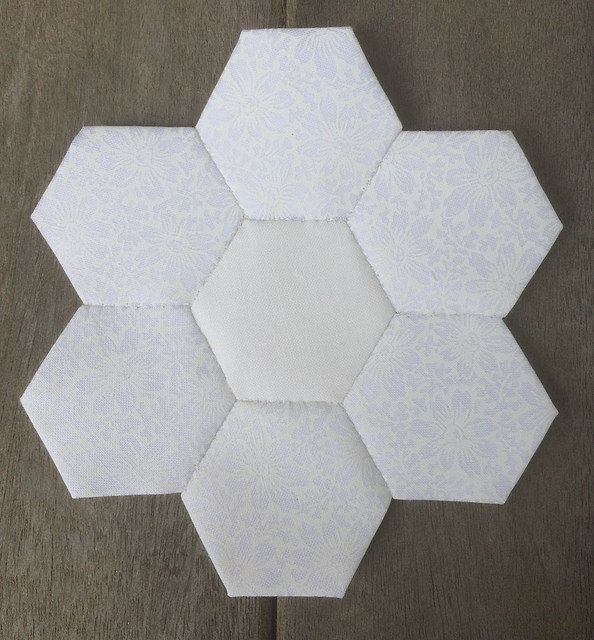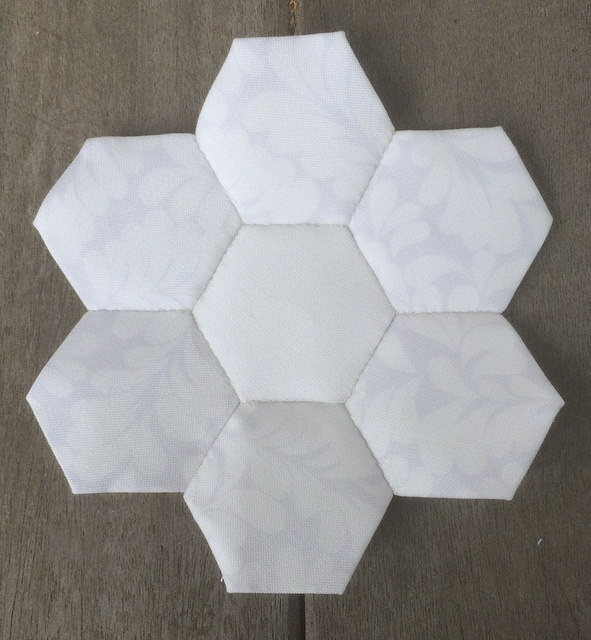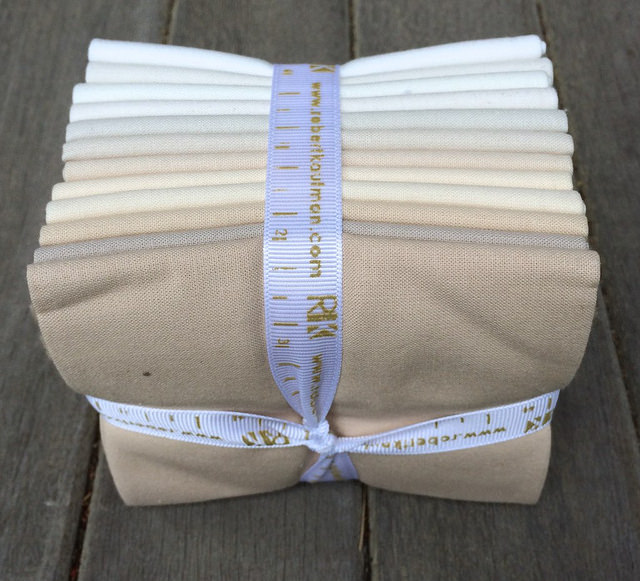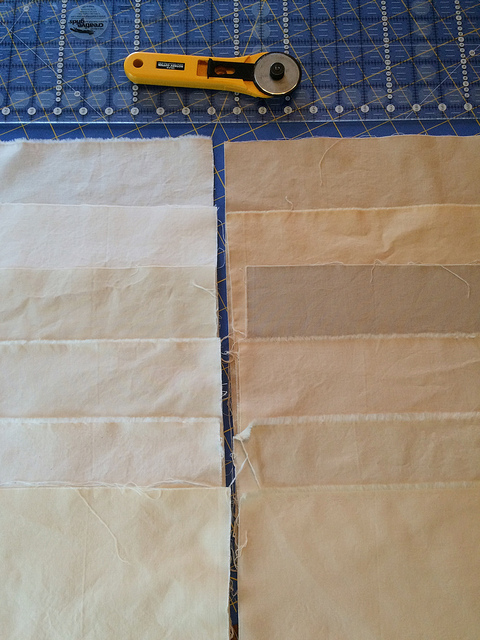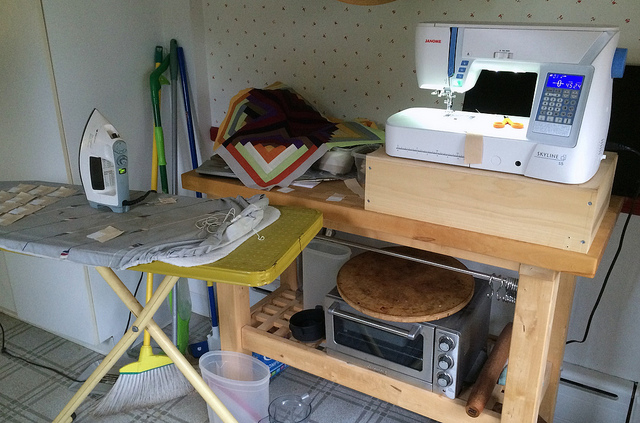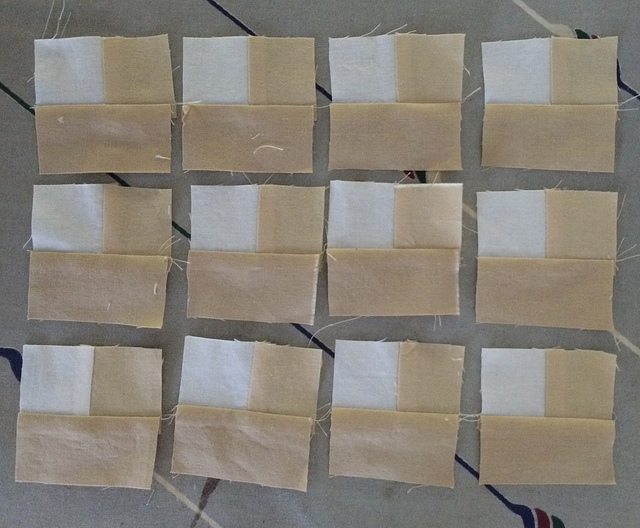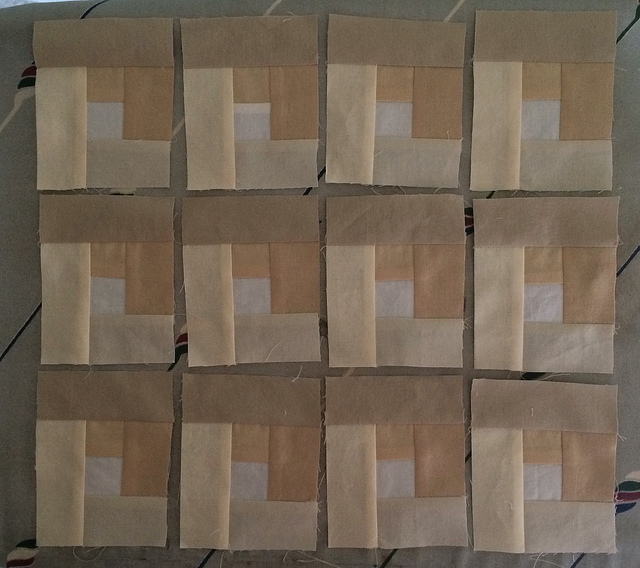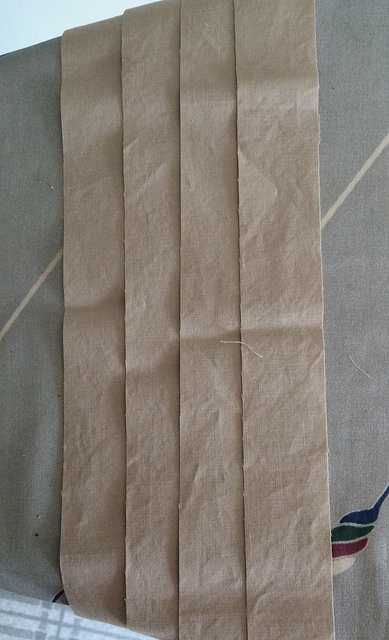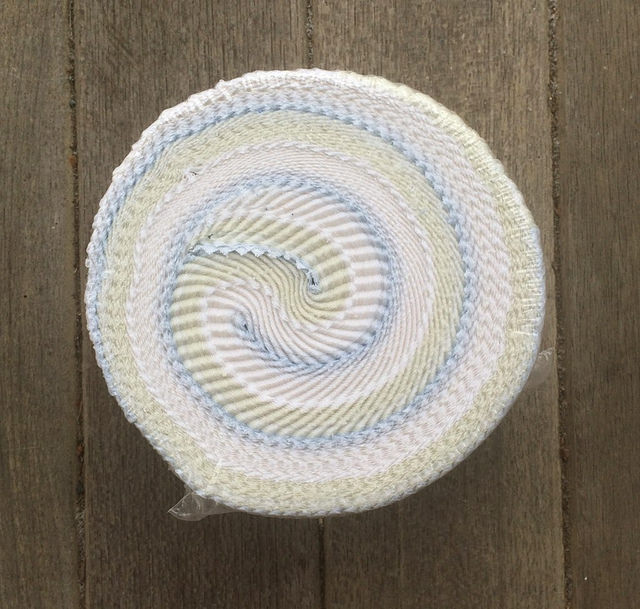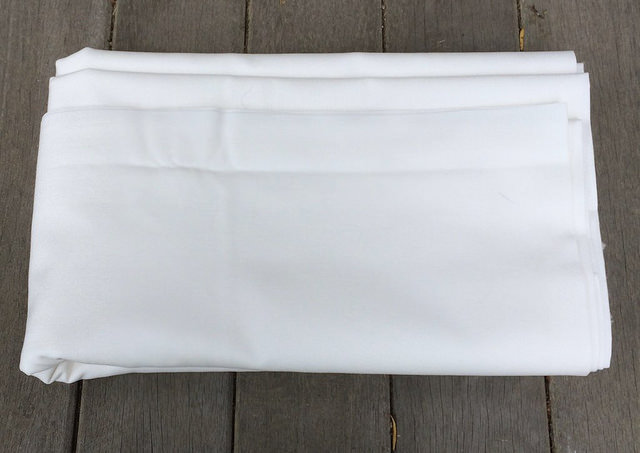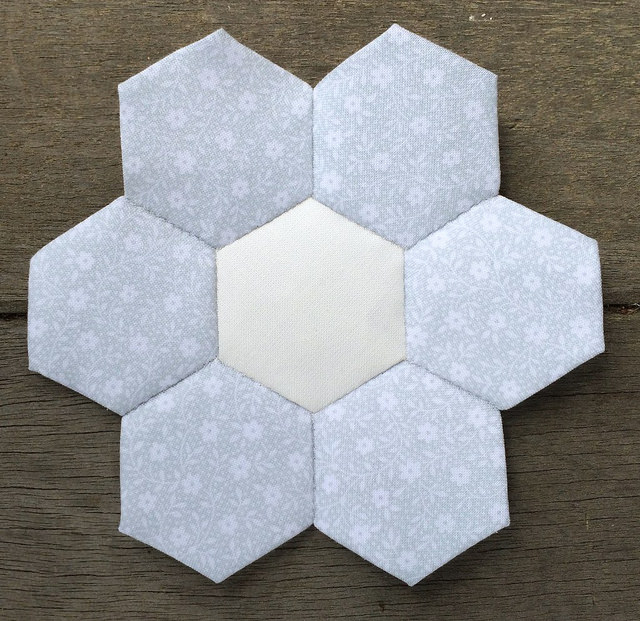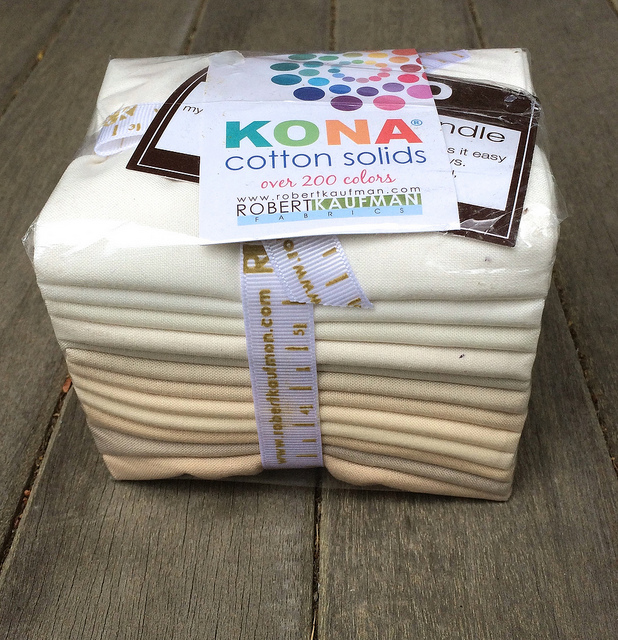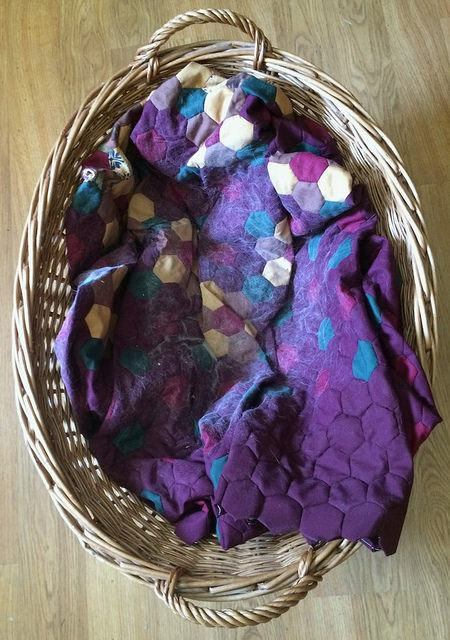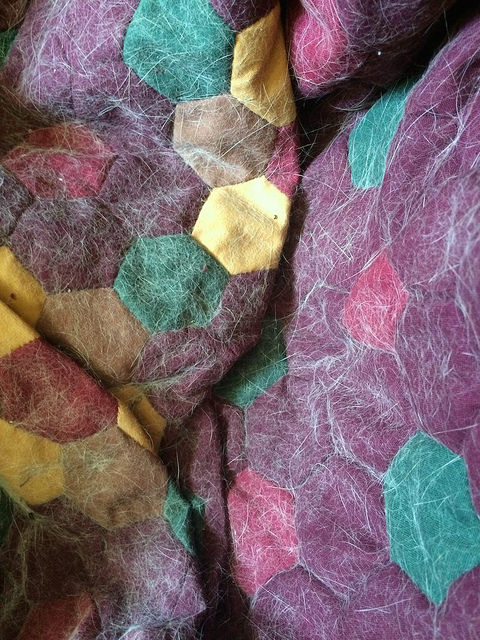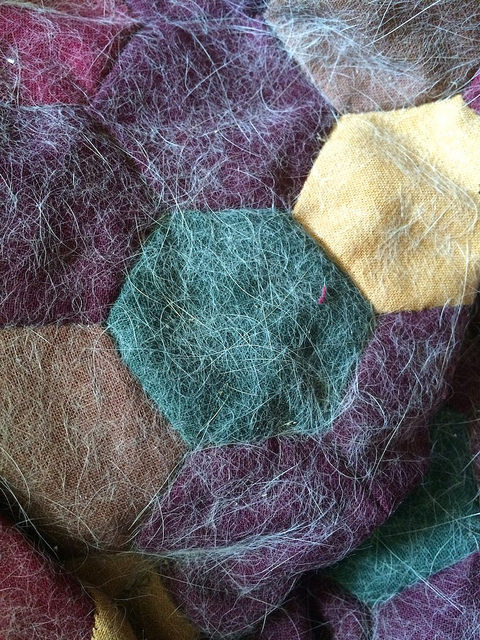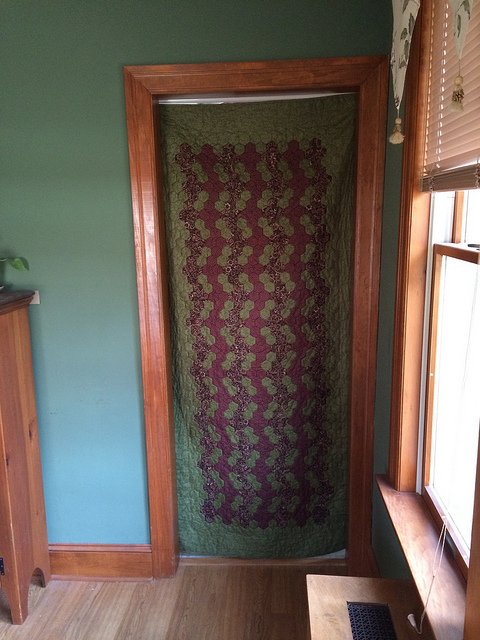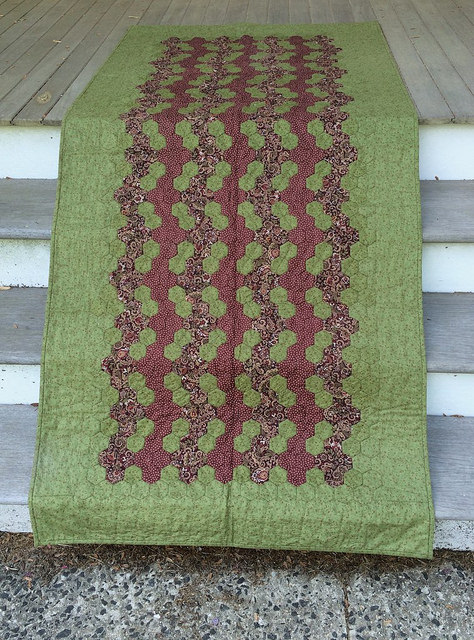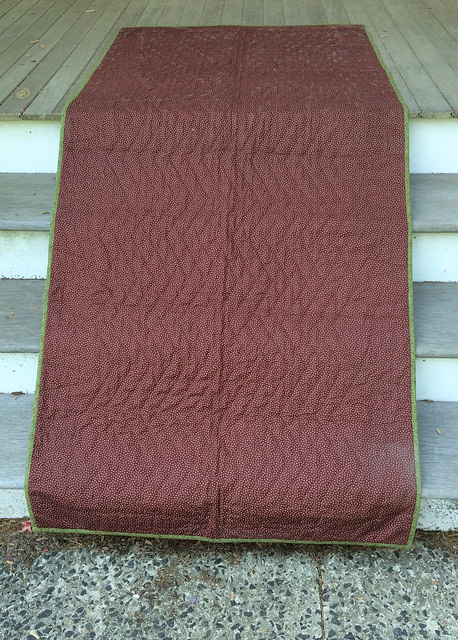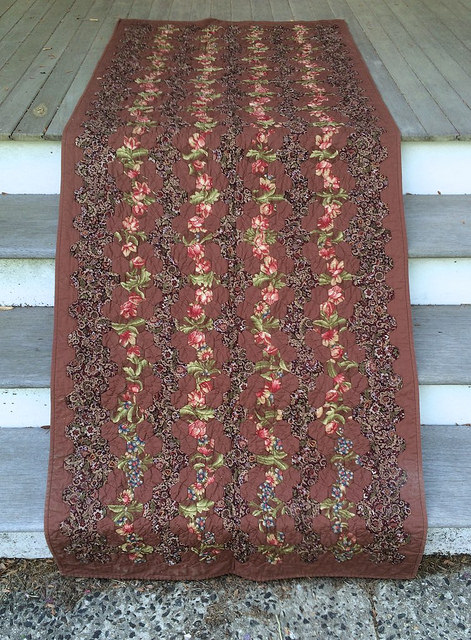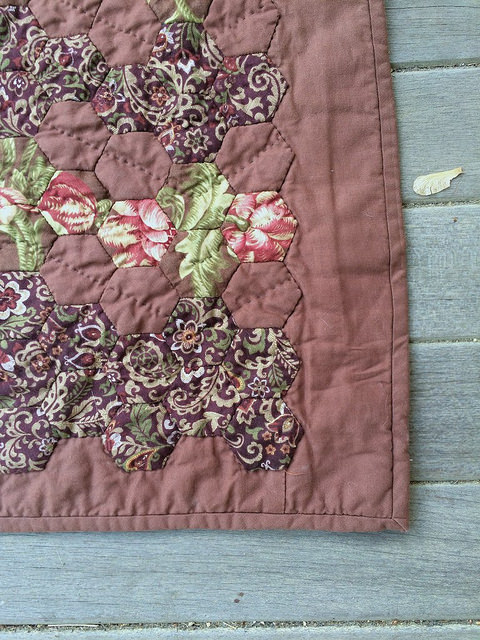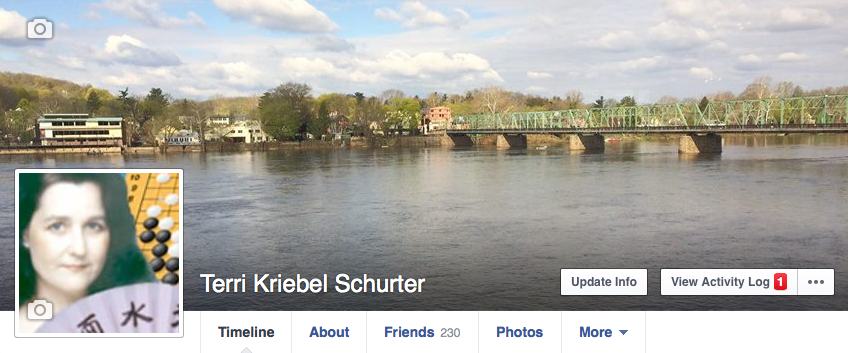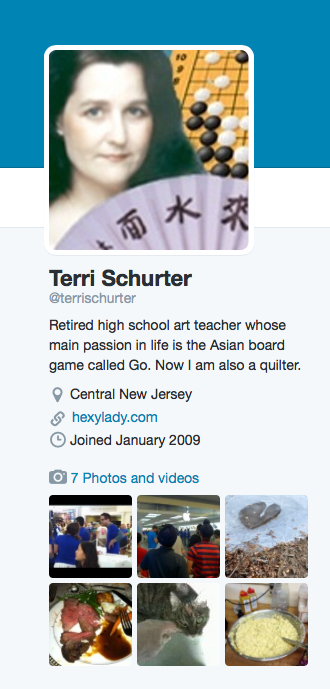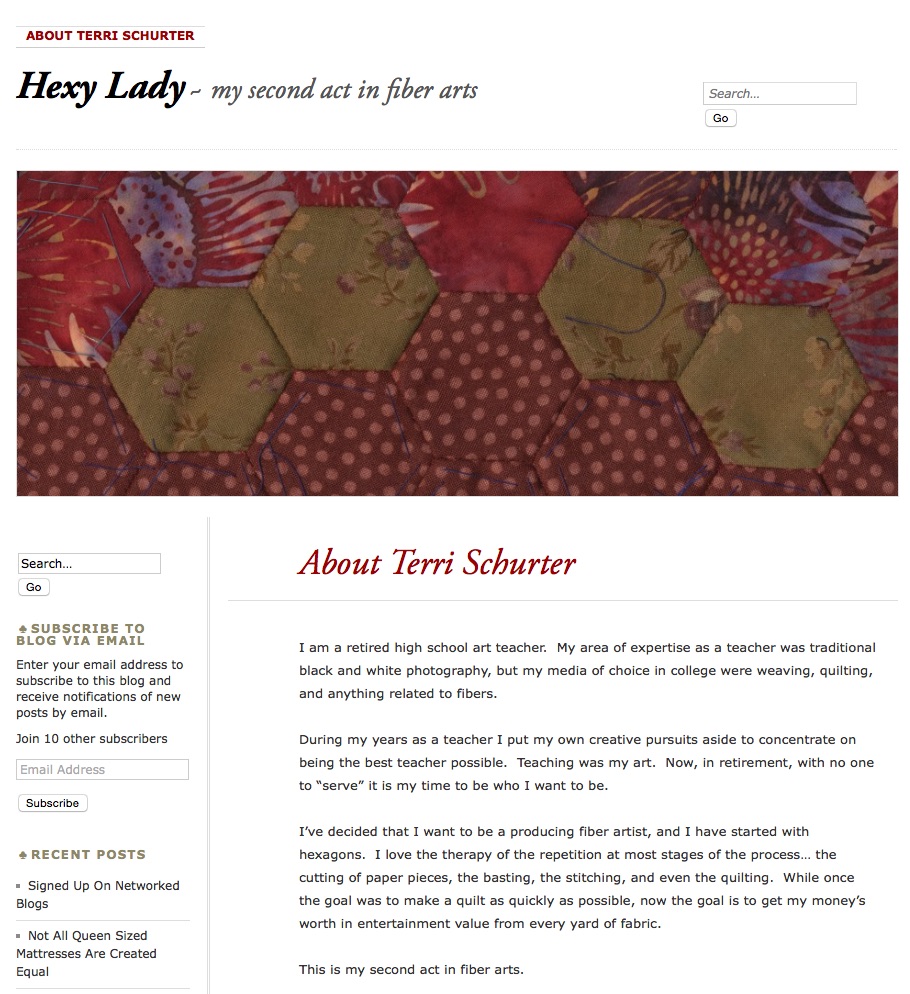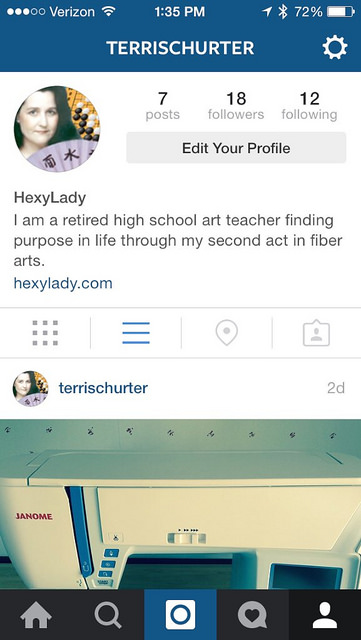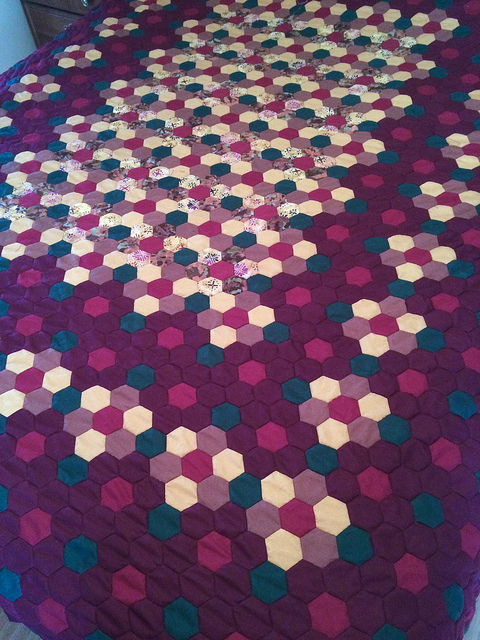 I recently expressed the need to make the Batik Flower Garden Quilt top larger. If you are math averse you should turn away now… quickly.
I recently expressed the need to make the Batik Flower Garden Quilt top larger. If you are math averse you should turn away now… quickly.
I laid the top out on the queen sized bed downstairs and measured it at 87 inches in width and 97 inches in length.
How much overlap does this provide beyond where the mattress meets the boxspring? There is a 2″ overlap on the left and right. There is no overlap on the top and the bottom. (in fairness I allowed the top to extend over the edge a bit because I know that even if I have too much length I can always allow some to hang down over the top.)
I’ve converted my previous shrinkage experiment results into rough percentages.
In the width wise direction 22 inches of quilt top should yield 1 inch of shrinkage. That comes to roughly 4% shrinkage.
In the length wise direction 18 inches of quilt top should yield 1 inch of shrinkage. That comes to roughly 5% shrinkage.
I have a three yard length of 108″ wide fabric for backing, so neither of my final quilt top dimensions should exceed 104 inches, and even that it cutting things too close for comfort. I don’t want to get to the end of basting and find myself one inch short on my backing fabric.
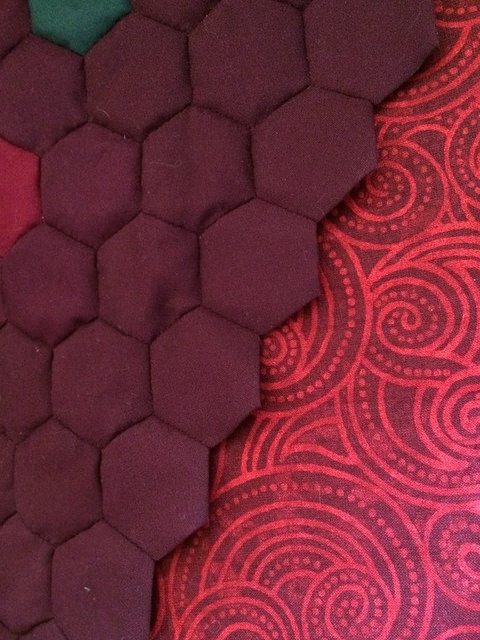
I need to decide how many more rows to add to obtain a large enough to give me a quilt top that will provide the coverage I need, will work with my backing fabric, and account for shrinkage.
FOR THE WIDTH: If I add a row of hexagons to the side it will add 1.5 inches of width to the quilt top. So two rows adds 3 inches to a side, which is 6 inches in total yielding a final width of 93 inches. Estimating 4% shrinkage, the washed quilt will be 3.72 inches smaller (nearly four inches) for an estimated final width of approximately 89 inches. Subtract the 60 inch width of the mattress and you get 29 inches. Half that and you get 15.5 inches per side. Subtract the 11″ thickness of the mattress and you get an overhang of 4.5 inches per side. That might be more than I need. So I can consider adding just one additional row of hexagons on the side. If I go with that the overhang will be approximately 3 inches. That seems just about right. So it’s going to be one more row of hexagons per side with a final width of 90 inches.
FOR THE LENGTH: If I add add a row of hexagons to the length it adds 1.75 inches. If I add three rows that will add 5.25 inches to the length for a final length of 102.25 inches. I really want to add four rows, but the resulting 104 inch length would have been cutting things too close with the backing fabric which measures 108 inches at three yards. I ought to go measure that fabric because they might have cut it generously. Score! I got an extra four inches! My backing fabric is 112 inches long. Four rows will be no problem. 97 plus 7 = 104 inches. With a 5% estimated shrinkage of 5.11 inches the washed quilt should be about 99 inches long. Now to determine the overhang… Take 99 inches and subtract 80 inches for the length of the mattress and you get 19 inches. We only really need overhang on the bottom, so subtract 11 inches for the thickness of the mattress and you get 8 inches for overhang. This may seem like a lot compared to the 3 inches we want on the sides, but some of the remaining five inches will be taken up by the height of pillows, and the rest can be adjusted by allowing some of the quilt to hang over the top edge.
After all of these calculations I am planning to add one row of hexagons to each side, and four rows to the height. Perhaps I will add one of them to the top and three of them to the bottom.
I will be interested to see if my shrinkage estimates prove to be on target. I realize that my backing fabric is not a Kona solid, so that may throw things off. The backing of the piece I worked with for my shrinkage estimates had a Kona solid backing. I’ll be using a similar cotton batting, so that shouldn’t effect anything.
My Kona Burgundy yardage has arrived, and my next step will be to cut binding strips on the bias to bind this quilt. That will leave me with extra pieces I can cut for more hexagons. I will be needing them for those six rows.
This piece has approximately 3,300 hexagons in it so far.
